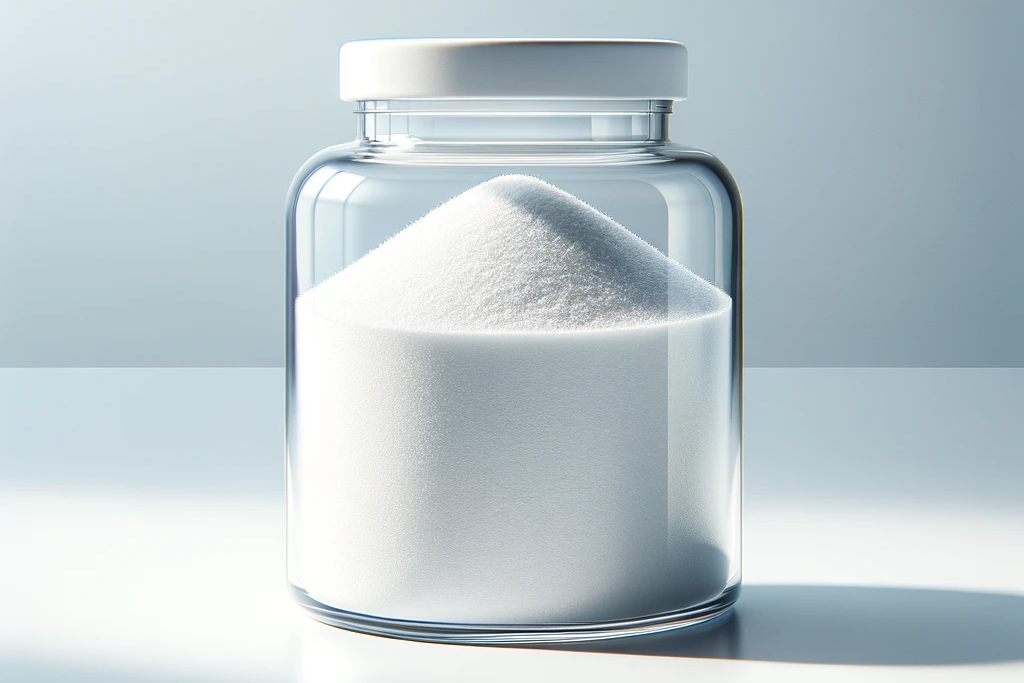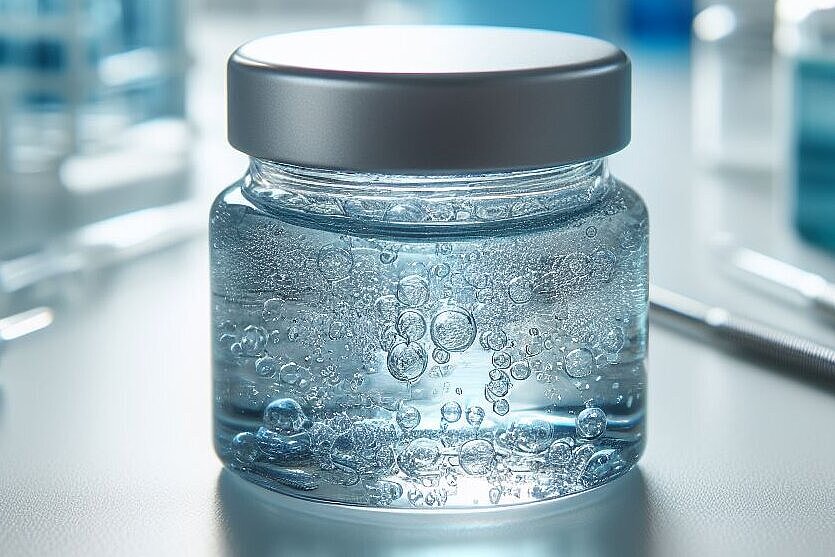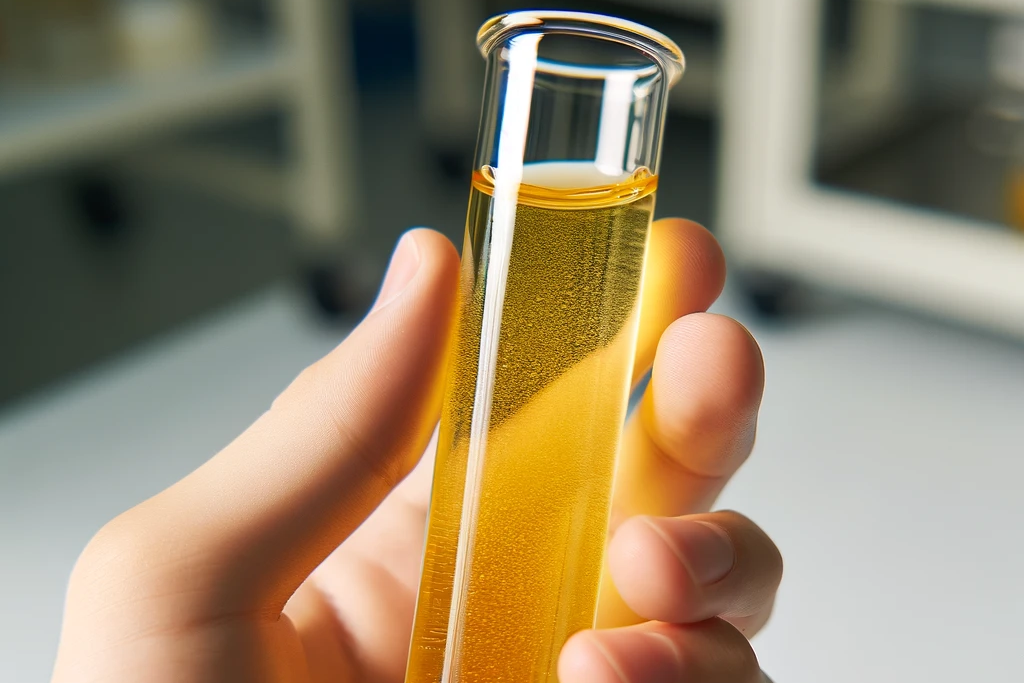Hydroxypropyl methylcellulose

You may have heard of hydroxypropyl methylcellulose or seen it on the ingredients list of dog food or snacks. But what is it and how does it affect your dog's health? In this article you will learn more about this substance, also known as HPMC or E464.
What is hydroxypropyl methylcellulose?
Hydroxypropylmethylcellulose is a synthetically produced substance obtained from cellulose. Cellulose is a plant fiber that occurs naturally and is found in wood or cotton, for example. Hydroxypropylmethylcellulose is chemically modified to obtain certain properties. It is a white, odorless and tasteless powder that dissolves in water and forms a gel-like consistency.
What is hydroxypropyl methylcellulose used for?
Hydroxypropyl methylcellulose is mainly used as a thickening and gelling agent in the food industry. It ensures that products such as sauces, soups, yogurt or ice cream have a creamy and smooth texture. It can also be used as a humectant to keep food fresh for longer. Hydroxypropyl methylcellulose is also used in pharmaceuticals and cosmetics, for example as a binding agent for tablets or as an ingredient in creams and lotions.
Hydroxypropyl methylcellulose is a so-called food additive approved by the European Union and labeled with the number E464. This means that it is considered safe for human consumption and is subject to certain legal regulations. Hydroxypropyl methylcellulose can also be used in dog food and snacks as long as the maximum permitted amount is not exceeded.
What are the benefits of hydroxypropyl methylcellulose for your dog?
Hydroxypropyl methylcellulose has several positive effects for your dog, mainly related to its function as a dietary fiber. Fiber is important for healthy digestion as it stimulates bowel movement and improves fecal consistency. It can also help prevent or relieve constipation or diarrhea. In addition, fiber can increase the feeling of satiety and thus regulate your dog's weight. Hydroxypropyl methylcellulose can also help stabilize your dog's blood sugar levels by slowing down the absorption of carbohydrates.
What are the disadvantages of hydroxypropyl methylcellulose for your dog?
Although hydroxypropyl methylcellulose is a natural dietary fiber, it is not a natural part of a dog's diet. Dogs are carnivores by nature and need high quality protein and fat for their health. Too much fiber can impair nutrient absorption or lead to bloating and digestive problems. Hydroxypropyl methylcellulose can also trigger allergic reactions or cause intolerances. This can manifest itself in itching, skin rashes, vomiting or diarrhea, for example.
Hydroxypropyl methylcellulose is a synthetic substance made from vegetable cellulose and is used in the food industry as a thickening and gelling agent and as a humectant. It can also be used as a food additive in dog food and snacks. It has positive effects on your dog's digestion and blood sugar levels, but can cause digestive problems or allergic reactions if consumed in excess. It should therefore be used in moderation.
If you notice any signs of hypersensitivity or poisoning in your dog, you should see your vet immediately. We are not a substitute for a vet, but we try to be as accurate as possible. Every dog reacts differently and we recommend you get a second opinion or consult your vet if in doubt.
Stay healthy and take good care of your four-legged friend!😊
Similar to Hydroxypropyl methylcellulose
An insight into the chemistry Methylcellulose is a chemically modified derivative of cellulose, the main component of plant cell walls. Treating cellulose with methyl chloride produces a...
Ethyl cellulose is a derivative of cellulose that is produced by the chemical reaction of cellulose with ethylene oxide. It is a water-insoluble fibre that is used in the food and pharmaceutical...
CMC is a derivative of cellulose, a plant substance consisting of sugar. CMC is formed when cellulose is treated with caustic soda and chloroacetic acid. Some of the hydroxyl groups of the cellulose...
Polysorbate 80, also known as Tween 80, is a yellowish, viscous liquid used in industry as an emulsifier. Emulsifiers are chemical additives that help to combine two normally immiscible liquids,...



